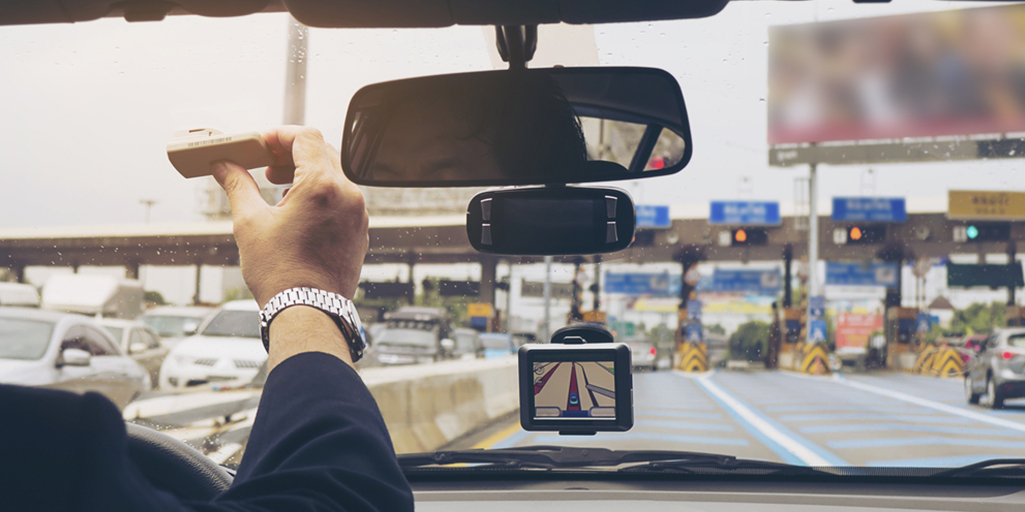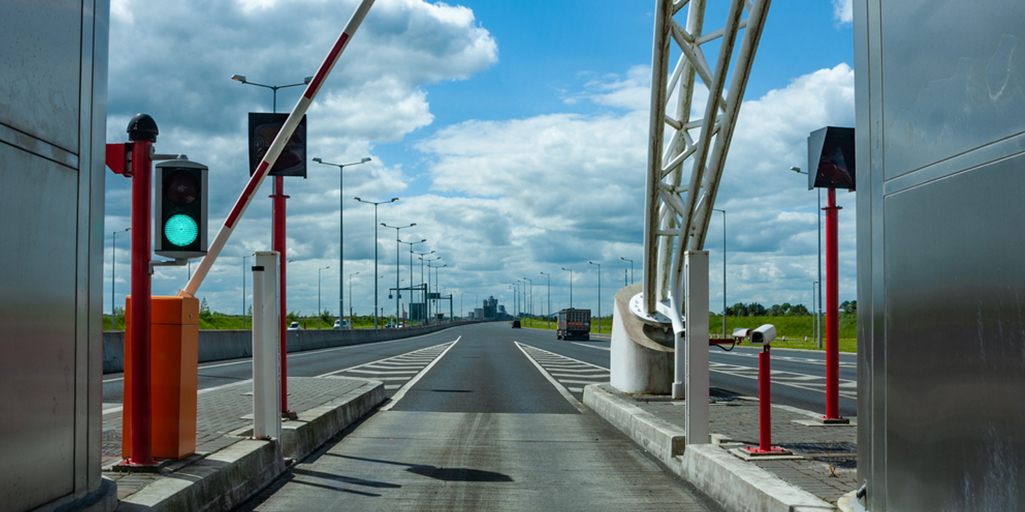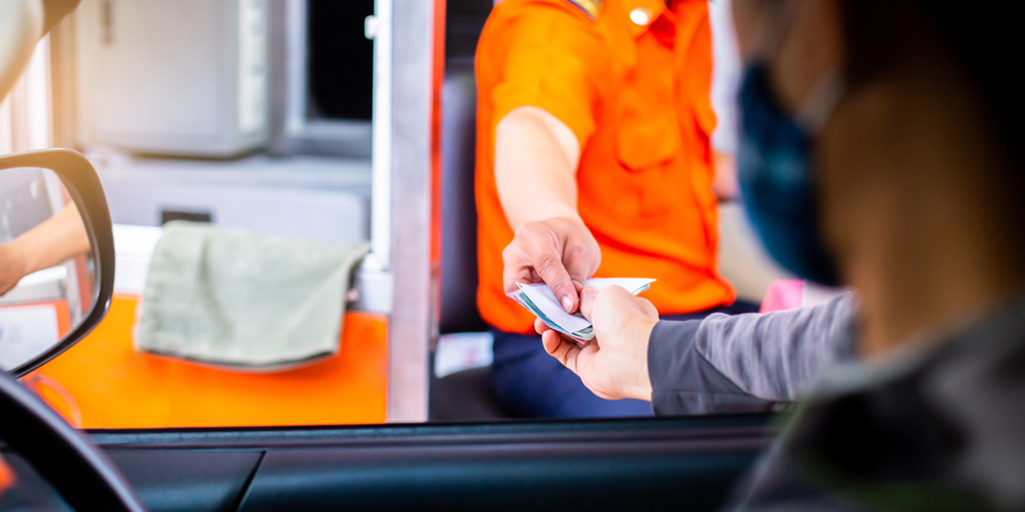They seem quite new, but the truth is that tolls have been with us since ancient times. Of course, back then they were not called tolls but portages, and they were the sum that had to be paid to cross a gate between two territorial zones or to cross a bridge.
Tolls are not just a collection system. Thanks to them, it is possible to maintain infrastructures and build new roads. And although they may increase the cost of a trip, toll roads are faster and safer.
There are several types of tolls:
– Open tolls: here, a payment booth is located every certain distance along the highway and an amount is paid.
– Closed tolls: here, there is a booth at the entrance and another at the exit. At the first booth, entry is registered (the ticket is collected) and, at the last booth, the toll is paid based on the distance traveled.
– Annual tolls: there are countries, such as Switzerland, where users pay an annual amount that allows them to drive freely on the highways. Those who have paid are given a windshield sticker.
– Urban or congestion tolls: this is a tax that is charged in some cities such as Buenos Aires, Stockholm, London, Milan, and Singapore with the purpose of reducing the traffic that accesses a certain area and reducing congestion.
– Shadow tolls: a private company builds and funds a motorway, but it is the government that pays the toll for the vehicles that circulate on it. In this way, it is paid for through taxes and it is not the user who has to make the direct payment.

TOLLS IN EUROPE
In most European countries there are tolls on a good number of motorways, although not all of them work in the same way.
France, for example, has an outstanding network of toll motorways that connect it with other countries such as Belgium and Italy. Payment depends on the height of the vehicle. If they exceed 2 meters in height, they have to pay a surcharge.
The French payment system is very similar to the Spanish one. Payment can be in cash or by card and the VIA-T system also works there (VIA-T is an electronic toll system that allows you to pay for the trip without having to stop the vehicle thanks to an electronic device that is placed on the windshield).
Portugal has different types of toll roads, from the traditional ones to the greenway lanes, for which you need a payment device in the car and which require you to drive through lanes marked with this color, and toll roads with electronic tolls.
The latter are marked with the Electronic Toll Only sign and include a system of arches with cameras that detect the vehicle’s license plate and transfer the payment to a linked bank account or to a machine at the beginning of the road. There are three payment systems on these roads: Easy Toll, Tollservices and Tollcard. That is why it is advisable to check what their rates and payment methods are on the Portugal Tolls website before visiting the country, and thus avoid fines.
In Italy, only the highways in the south are free; the rest are toll roads. The fee varies depending on the distance traveled and the type of vehicle, with the axles and height being taken into account. In Autoestrade you can find all the necessary information.
The United Kingdom has a very specific system and only has 23 tolls distributed throughout its territory. All of them vary depending on the kilometers driven, the type of vehicle and the time of day (it is more expensive at rush hour).
In Norway, tolls are electronic and it is necessary to register the vehicle on the website Auto PASS. It can be pre- or post-paid and a small toll is charged when entering the main cities.

WINDSHIELD STICKER TOLLS
When we drive on motorways, we are used to finding barriers, booths and electronic payment systems, but this is not the case in all European countries. Austria, Switzerland, Slovenia, Slovakia, Hungary, the Czech Republic, Bulgaria, Romania and Montenegro have sticker toll systems.
Drivers must purchase the stickers and affix them to the windshield of their car before driving on a motorway. The stickers can be purchased for periods of time depending on how much we expect to use the roads.
In Austria it is mandatory to buy them at gas stations near the border or on the ASFINAG website before driving on its highways. For motorhomes weighing more than 3.5 tons, a special sticker, the Go-Box, is required.
FREEWAYS
Not all European countries have toll roads. This is the case in Finland, Estonia and Luxembourg. In others, although the toll roads are generally free, there may be some exceptions. Ireland, for example, only charges a toll on the Dublin ring road, and Denmark has some toll areas such as the Oresund Bridge linking Copenhagen and Malmö.
A similar system is used in Belgium, where they only charge to cross the Liefenhoeks Tunnel in Antwerp. And in Germany all that is required is an environmental badge to enter certain cities.

AND IN SPAIN?
Until now, tolls on Spanish highways used payment booths and VIA-T systems, but a new toll system will be implemented in 2024. It is called Free Flow and it will mean it is no longer necessary to stop the vehicle to pay. The idea is to make traffic circulation more fluid.
The system will be very similar to the Portuguese one: large arches with license plate detectors based on self-charging systems that will collect data on hours and kilometers, as well as entries and exits, to issue the invoice later.
The system is already being tested in the Basque Country, where payment can be made in two ways: through an electronic device located on the windshield (like the ones used in VIA-T) or with a linked credit card, previously registered to a license plate.